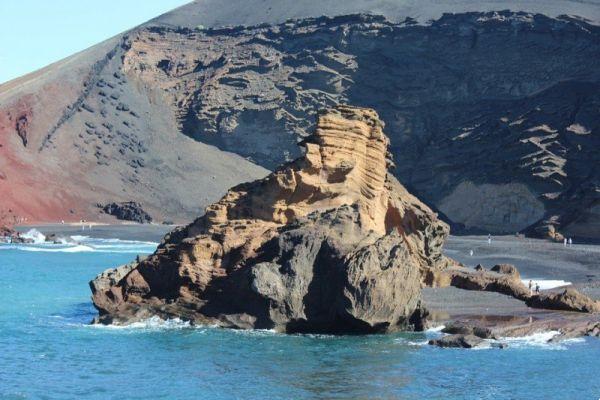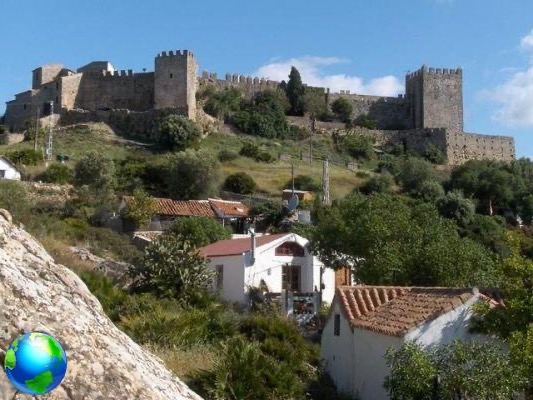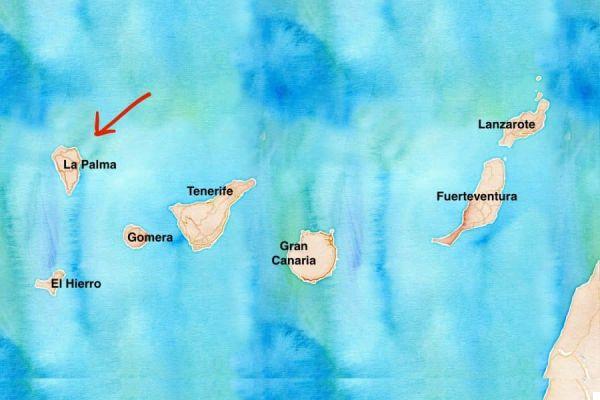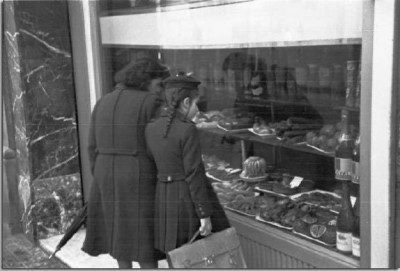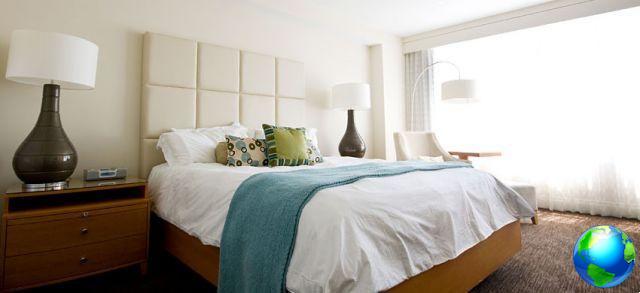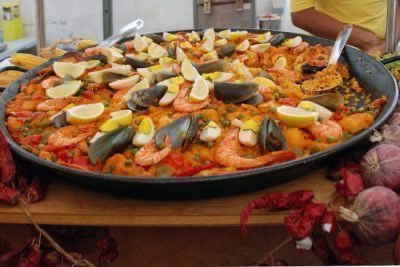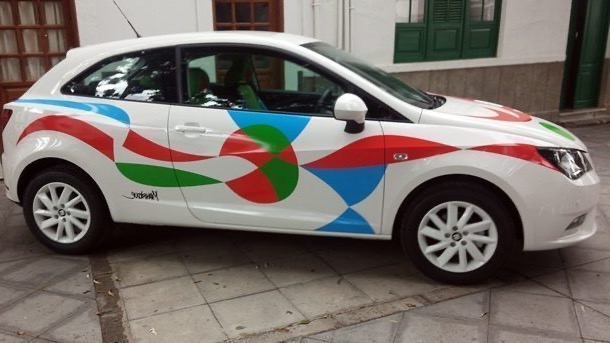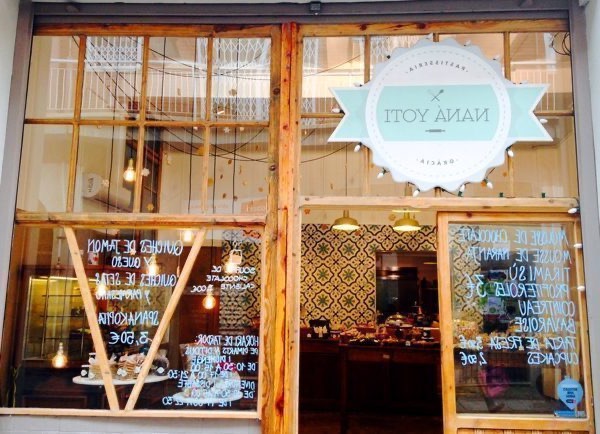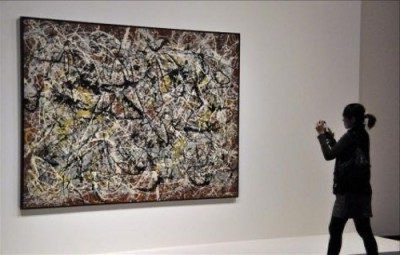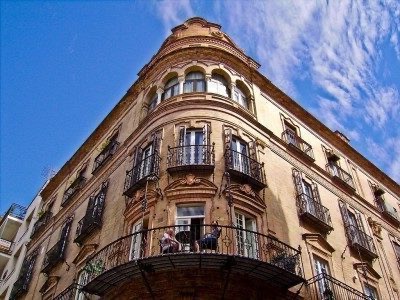
Seville, a land of enchantment with an intense and hospitable light, continues tirelessly to to smile and invites its guests every day to discover the gardens, the squares, the narrow streets of the center, making them feel immediately at home. Oh yeah, travelers, Seville is a thoroughbred Andalusian with a Spanish character who, in order to make its visitors feel good, strips off all good things and fills the table with delicacies, preparing feasts and inviting friends and acquaintances.
It is a city a little larger than a country, where the baker and the fruit seller will end up being your friends, giving you their best products. Place ideal to live, an obligatory destination for long and exhausting bus tours to Andalusia, it becomes perfect for those who have only one weekend of vacation available. THE low cost depart from all over Italy, and in about two hours you are already in the city. L'San Pablo airport it is only 20 minutes away and for 2 € 40 the bus will take you directly to the center, to the Prado San Sebastián. And if you are looking for a cheap hotel or hostal with every comfort, in a central but quiet location, you will be spoiled for choice. Only note: avoid i summer months, the temperature over i 40% it will prevent you from enjoying the beauties of the city, prefer instead autumn and spring.
A 4-stroke driving, like a cheerful Sevillana. Four magical places where crucifixes mix with azulejos, where the statues of the Virgins are dressed in precious fabrics and gold jewels, and where there are ladies who wear their "good" dress on a feast day, ready to dance with a gentil knight…
Avenida de la Costitución and Plaza del Triunfo: The Cathedral and the Alcázar
Triumph Square collects two wonders. On the one hand the Cathedral, built on the basis of the ancient mosque, and its imposing Giralda, which dominates and protects the city, and on the other side the symbol of Arab wealth and power, theQuarterdeck, where the gardens, the rooms and its courtyards are nothing more than the stage for wonderful shows, protagonists: flowers, fountains and colorful azulejos.
We are in the heart of the Barrio Santa Cruz, the ancient, romantic and fairy neighborhood. Here the streets become narrow, the squares suddenly open small and well-kept, and if you happen to notice a door of a semi-open building, do not hesitate to peek. An Andalusian patio, with plants and water features it is there waiting for your curious photographs.
La Torre dell'Oro and the Río Guadalquivir. Built in 1220 as a fortification to the city, the Torre dell'Oro, now a naval museum, elegantly opens the pedestrian promenade along the banks of the Guadalquivir, between the San Telmo and Isabel II bridges (the puente de Triana).
A quiet walk, a picnic, a race to keep fit, a boat trip on the river or, why not, peek at the evidence of the rowing club, and when you see a large bronze statue, a stylized bull, look up. Here is one of the most famous arenas all over Spain: the Plaza de Toros de la Maestranza. Beautiful and imposing, it dates back to the second half of the XNUMXth century, it feeds literary and poetic fantasies. It is a pride for the Sevillians who, during the week of the Feria de Abril, host the best bullfighters from all over Spain, El Cid and El Cayetano just a few names.
The Alameda de Hercules and the Basilica of the Macarena. It was once the neighborhood of the poor and beggars, then Murillo made it famous with his paintings. Now the Barrio della Macarena is a maze of narrow streets that hides churches and convents (Santa Paula, San Marcos and the church of San Luis de los Franceses). But it is there Basilica of the Macarena the one that absolutely must not be missing in the itinerary. It is one of the most famous and most venerated in the whole city, the Virgen de la Esperanza de la Macarena with dresses in gold and lace is the guapa par excellence, carried in procession during the Semana Santa the night between Thursday and Good Friday. The paso and the statue of the virgin date back to the XNUMXth century.
The Alameda de Hercules is the youth square. Bars and restaurants play music until the morning. Less chic than Calle Betis, it is beautiful because it is always in turmoil: street artists, craft markets and typical products is the ideal place for a long aperitif or for an evening of alternative music.
Plaza de España and the Parque di María Luisa. Damn pretty much al sunset how much by day when his tiling they shine in the sun. Plaza de España takes your breath away. Built in '29 as a central part of the Fair of the Americas, today it is one of the best known monuments in the world in Seville. Here you come to take pictures from the bridges, you can admire the panorama from the highest balconies, you take a boat ride in its canal.
And the walk continues in the Parque de María Luisa. Water games, fountains, solitary benches and flowered balconies, up to the next square, where the colonial-style pavilions recall ancient glories of a time that no longer exists. In the park, in Plaza de América, there is the Museum of Popular Art and Traditions and the Archaeological Museum of Seville.






